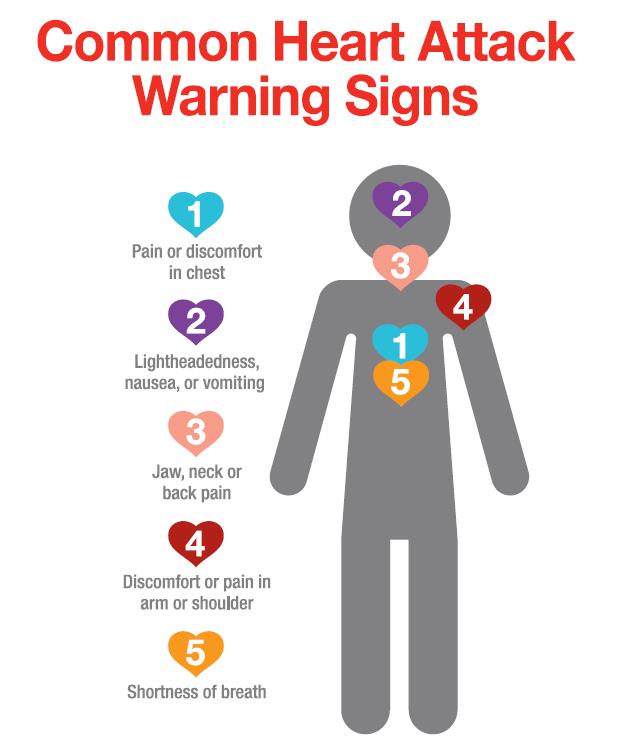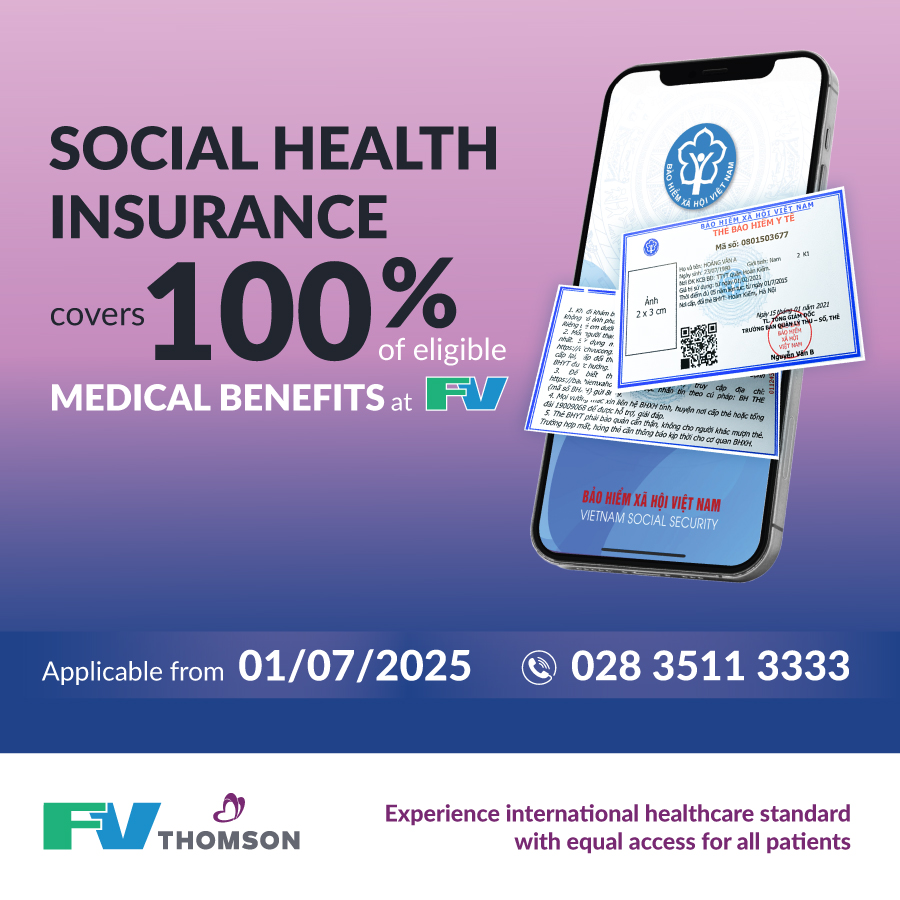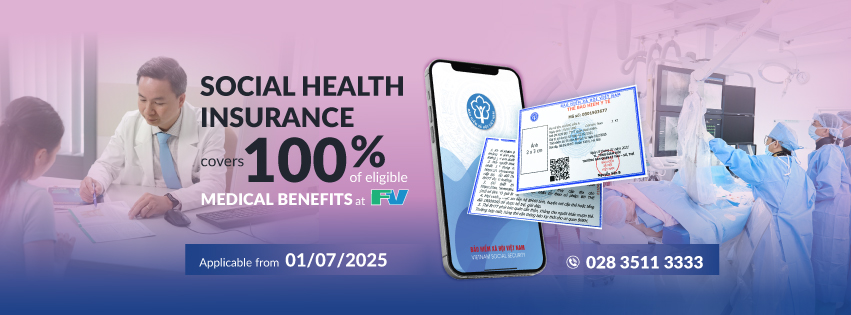Some heart attacks are sudden and intense. But most start slowly, with mild pain or discomfort. Here are some of the signs that can mean a heart attack is happening:
- Pressure, tightness, pain, or a squeezing or aching sensation in your chest or arms that may spread to your shoulder, neck, jaw or back;
- Shortness of breath. May occur with or without chest discomfort;
- Nausea, indigestion, heartburn or abdominal pain;
- Shortness of breath;
- Cold sweat;
- Fatigue;
- Lightheadedness or sudden dizziness.
As with men, women’s most common heart attack symptom is chest pain or discomfort. But women are more likely than men to have some of the other common symptoms, particularly shortness of breath, nausea/vomiting, and back or jaw pain.

WHAT SHOULD I DO IF I SUSPECT A HEART ATTACK?
Even if you’re not sure it’s a heart attack, immediately go to a hospital providing interventional cardiology services, such as FV Hospital.
WHY DON’T PEOPLE ACT FAST ENOUGH?
Many people having a heart attack wait more than two hours before getting help. Some people feel it would be embarrassing to have a “false alarm.” Others are so afraid of having a heart attack that they tell themselves they aren’t having one. These feelings are easy to understand, but they’re also very dangerous.
WHAT ARE CARDIOVASCULAR DISEASE RISK FACTORS AND WHAT TO DO IF I HAVE ANY OF THEM?
Risk factors for cardiovascular disease are habits, behaviours, circumstances or conditions that increase a person’s risk of developing cardiovascular disease. They include:
- Lack of exercise
- Smoking
- Diabetes
- High blood pressure (hypertension)
- Being overweight
- Dyslipidaemia such as high LDL cholesterol (‘bad’ cholesterol)
- Unhealthy eating habits (night-time noshing, endless snacking, junk food, excess of salt, saturated fat, and sugar)
- Previous myocardial infarction
- Age over 50 for men and 60 for women
- Family history
- Ethnicity (non-Hispanic black > non-Hispanic white > Asian).
Having one or more risk factors increases a person’s risk of developing cardiovascular disease; it does not, however, mean that cardiovascular disease is inevitable.
While various cardiovascular disease risk factor calculators and assessment tools exist online, the only way to obtain an accurate understanding of a particular person’s risk is to be seen by a licensed doctor who may order, if deemed necessary, diagnostic tests such as peripheral arteries ultrasound and coronary angioscan to assess atherosclerosis and risk of cardiovascular disease.

 Vi
Vi 












